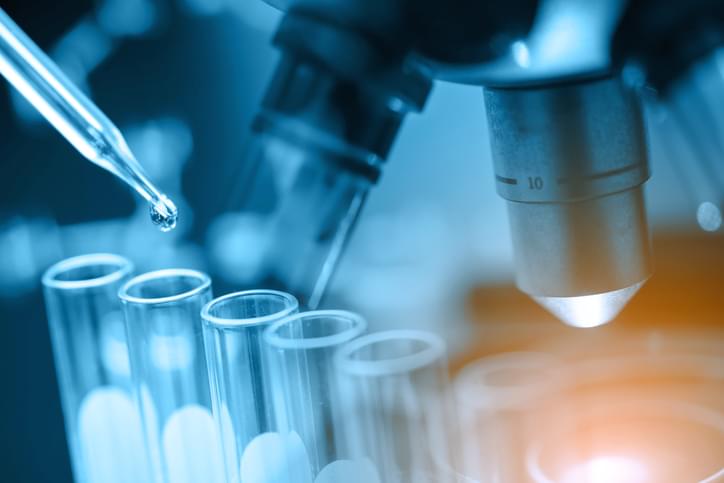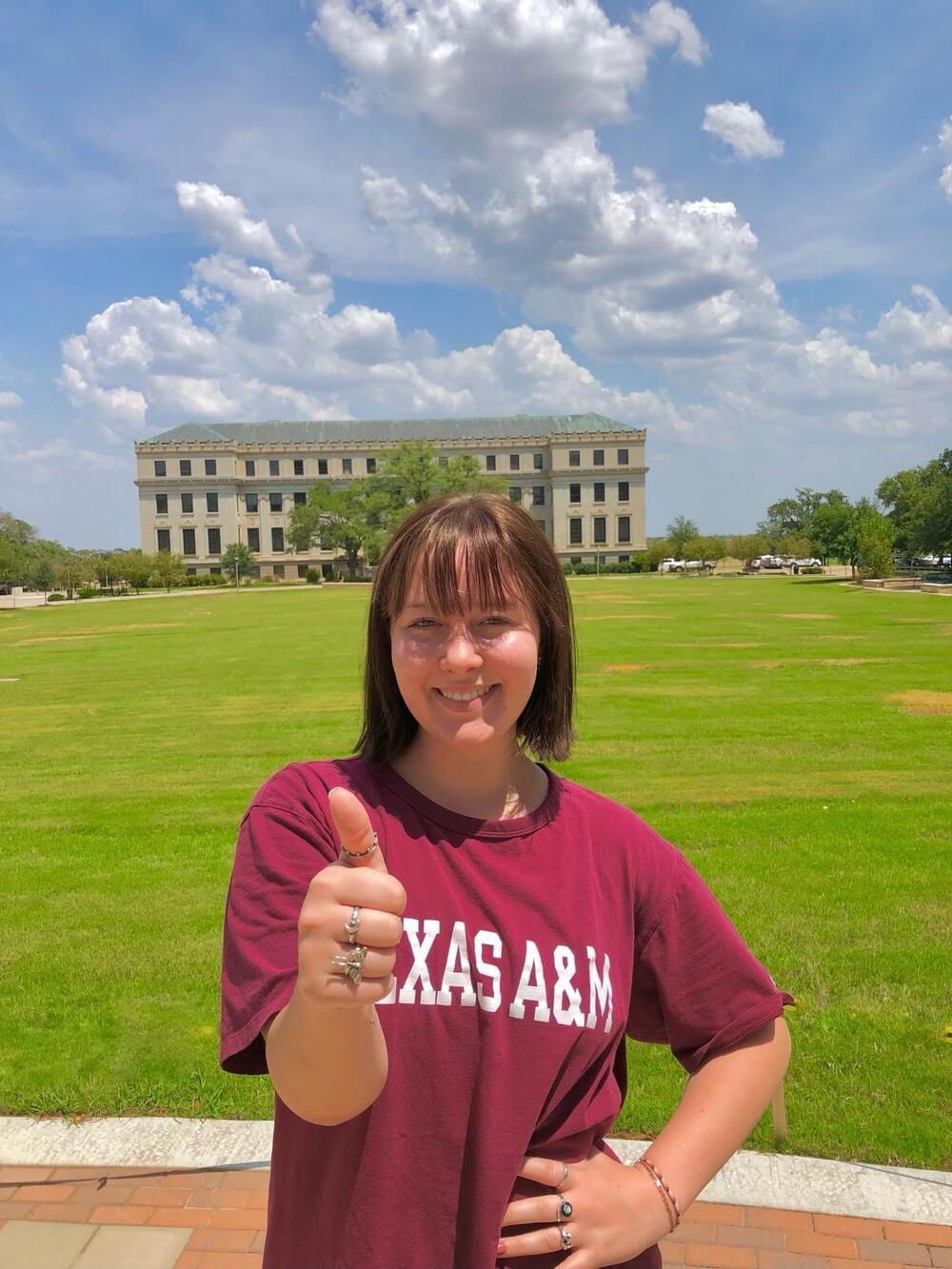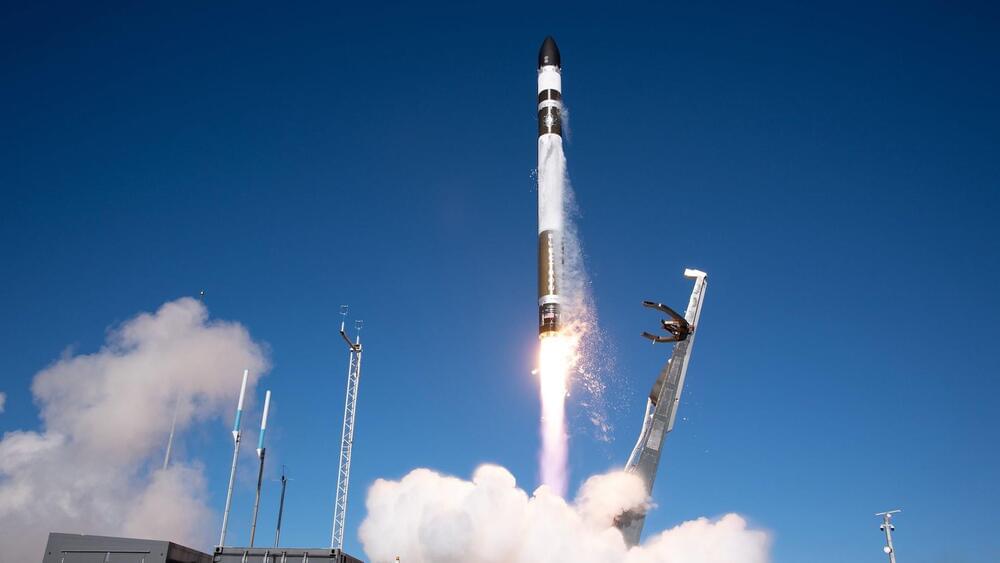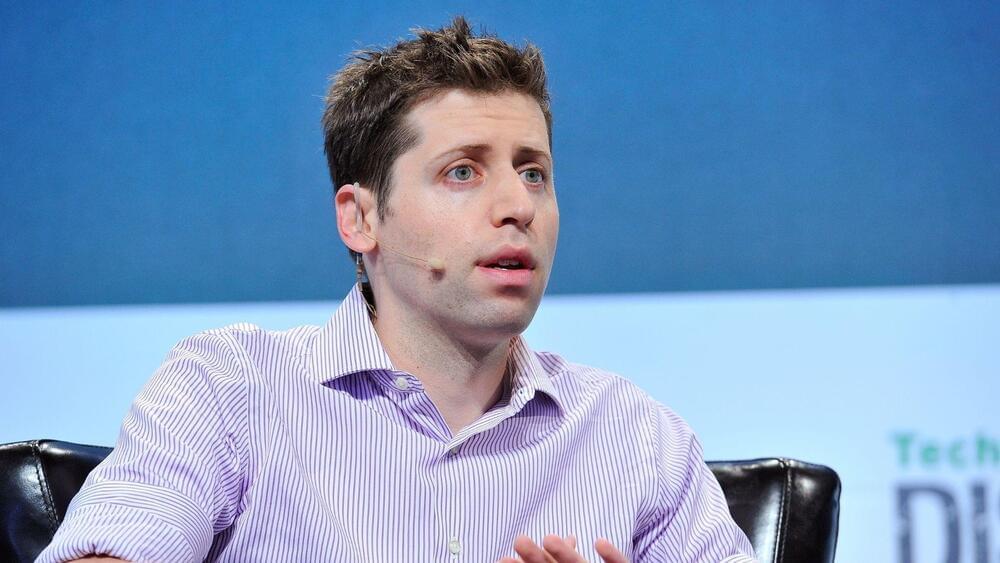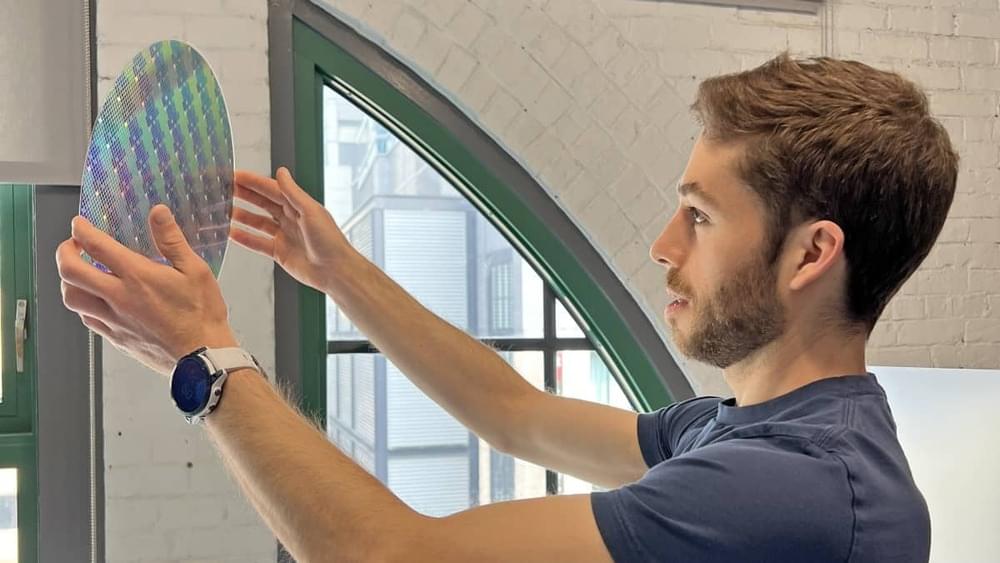The company achieved proof-of-concept with trastuzumab, an anti-HER2 antibody. Preclinical studies show Multilink increases cytotoxicity and improves tumor regression.
In mouse studies, tumor volume after 49 days was approximately half its original size with Trastuzumab Multilink (T-Multilink) with mertansine (DM1), but had grown four-fold when treated with the same compound without the linker. Comparable studies with T-Multilink-auristatin F showed complete tumor regression by about day 25, while treatment without the linker allowed the tumor to approximately triple in size.
“Multilink is a powerful technology to tackle cancers with low antigen expression,” Marx says. Debiopharm is using it to develop “novel, potent, stable, and safe ADCs for various antibodies.”
